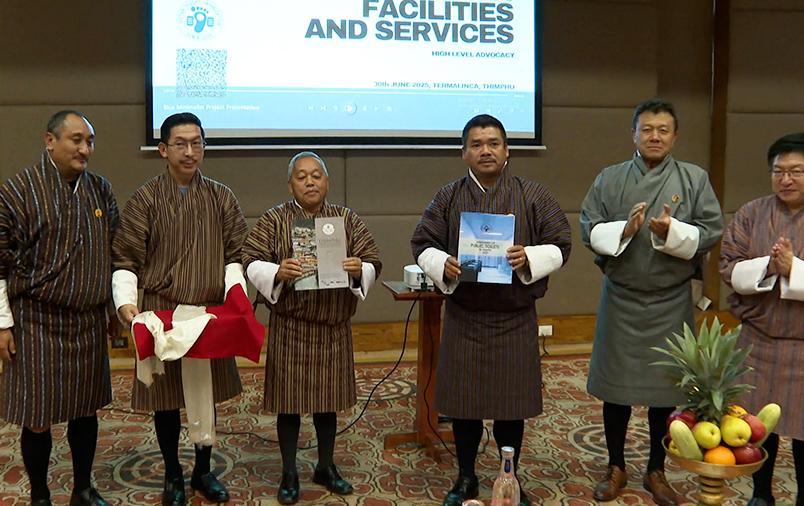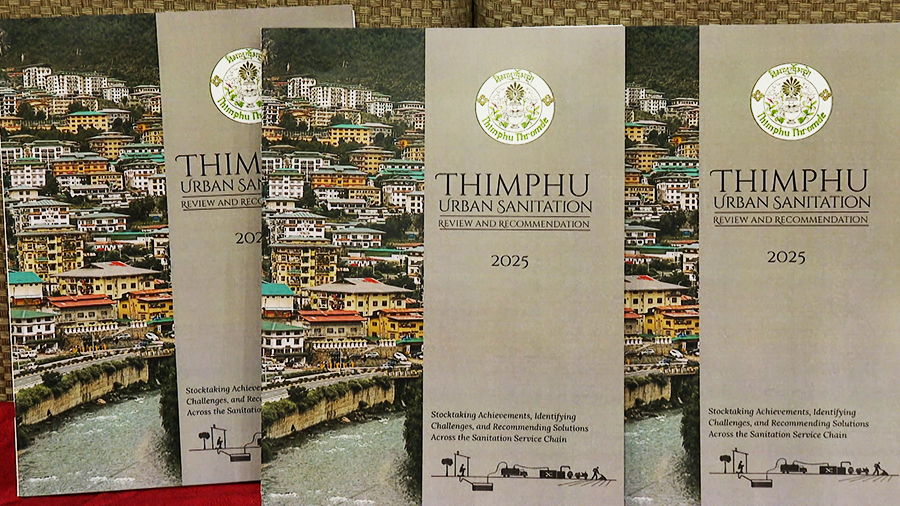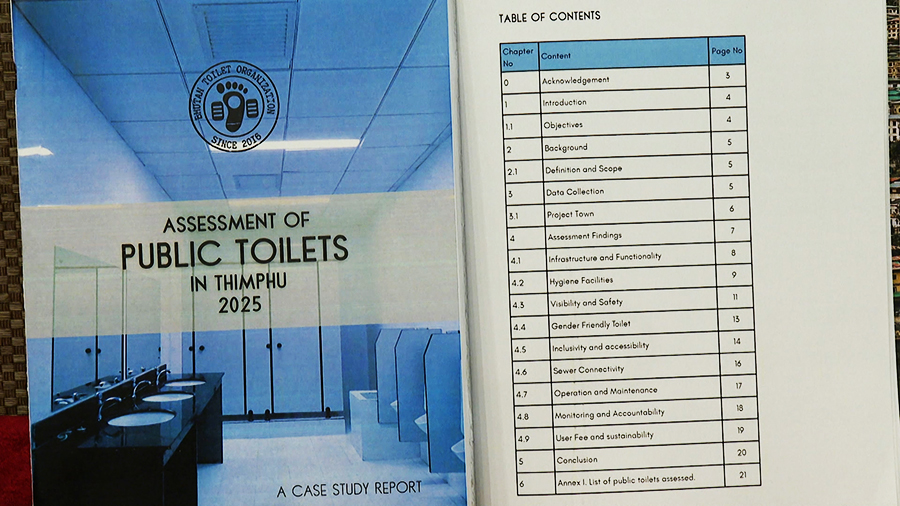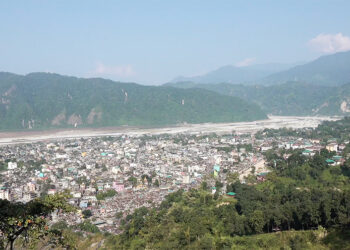 Public toilets in Thimphu face several problems, including poorly designed septic tanks, frequent overflows, weak monitoring, and a shortage of trained workers. These issues are highlighted in the two new reports released yesterday by the Bhutan Toilet Organisation, and Thimphu Thromde. The report recommends improving toilet design and accessibility, training toilet managers, allocating sufficient maintenance resources and boosting awareness on septic tank design.
Public toilets in Thimphu face several problems, including poorly designed septic tanks, frequent overflows, weak monitoring, and a shortage of trained workers. These issues are highlighted in the two new reports released yesterday by the Bhutan Toilet Organisation, and Thimphu Thromde. The report recommends improving toilet design and accessibility, training toilet managers, allocating sufficient maintenance resources and boosting awareness on septic tank design.
 The Urban Sanitation Review and Recommendations 2025 report provides a strategic roadmap for establishing inclusive, resilient, and sustainable sanitation systems in Bhutan’s urban centres.
The Urban Sanitation Review and Recommendations 2025 report provides a strategic roadmap for establishing inclusive, resilient, and sustainable sanitation systems in Bhutan’s urban centres.
The report evaluated Thimphu’s current sanitation infrastructure and proposed long-term solutions to improve it.
“Earlier, Bhutan Toilet Organisation focused primarily on toilets. But now, we are looking at the entire sanitation service chain. Through this study, conducted in collaboration with Thimphu Thromde, we identified the current status and pinpointed key issues across the chain. Based on these findings, we have made comprehensive recommendations for each aspect of the system. We believe this will guide our future planning, and some of the recommended actions will be implemented immediately,” said Chablop Passu, Executive Director, Bhutan Toilet Organisation.
The report recommends raising awareness on septic tank design based on the Septic Tank Manual 2013. It also calls for a stronger monitoring system, training sanitation technicians, creating clear maintenance protocols, and partnering with CSOs for resource mobilisation.
 Likewise, the Public Toilet Assessment Report 2025, Bhutan’s first comprehensive study of public toilet infrastructure, was conducted in accordance with the National Public Toilet Guidelines 2023.
Likewise, the Public Toilet Assessment Report 2025, Bhutan’s first comprehensive study of public toilet infrastructure, was conducted in accordance with the National Public Toilet Guidelines 2023.
The report evaluated accessibility, gender equity, safety, and management of public toilets in Thimphu.
“This assessment will serve as a key reference for our future planning. It helps us determine which public toilets need to be upgraded or renovated, what additional facilities should be included, and where new toilets are required. Our goal is to follow them closely and ensure that, in the coming years, Bhutan has world-class public toilet facilities,” added Chablop Passu.
 The report recommends improving design and accessibility, training toilet managers, allocating sufficient maintenance resources, among others. It also suggests raising funds through kiosks, cafés, and advertisements near toilet facilities and partnering with CSOs for better support.
The report recommends improving design and accessibility, training toilet managers, allocating sufficient maintenance resources, among others. It also suggests raising funds through kiosks, cafés, and advertisements near toilet facilities and partnering with CSOs for better support.
To help improve public toilets, the Bhutan Toilet Organisation has received a Nu 7 M project tied grant from the government. It will be used to renovate around 20 of the 44 public toilets in Thimphu over the next two years.
The upgraded toilets will include the recommended features to make them cleaner and easier to use.
According to officials, the reports come at a crucial time as the country’s urban population continues to grow and there is an increasing demand for inclusive, safe, and sustainable public sanitation facilities.
Namgay Wangdi
Edited by Sonam Pem








